IMFAR 2017
Recent articles
Patterns of DNA tags mark candidate genes for autism
Children with autism who carry mutations in the chromosomal region 16p11.2 or the gene CHD8 — two of the leading risk factors for autism — show distinct patterns of chemical tags on their DNA.
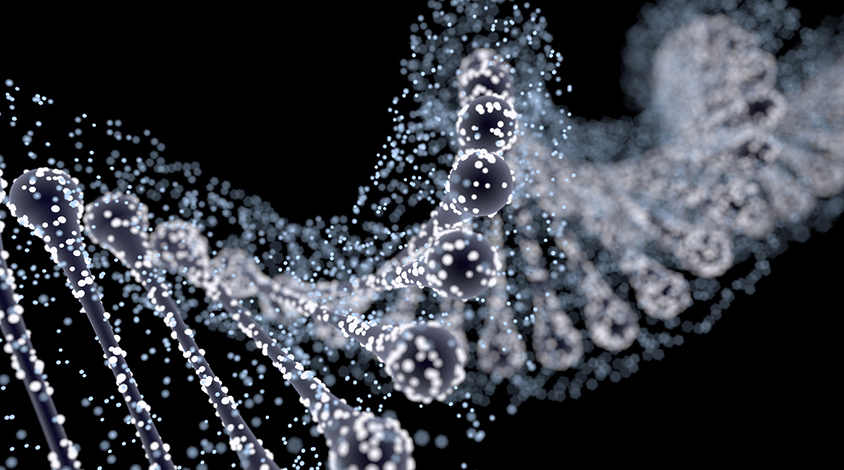
Patterns of DNA tags mark candidate genes for autism
Children with autism who carry mutations in the chromosomal region 16p11.2 or the gene CHD8 — two of the leading risk factors for autism — show distinct patterns of chemical tags on their DNA.
Having smart father raises child’s risk of autism
Children whose fathers are highly intelligent are at a higher risk of autism than those whose fathers are of average intelligence.

Having smart father raises child’s risk of autism
Children whose fathers are highly intelligent are at a higher risk of autism than those whose fathers are of average intelligence.
Long-term study shows language’s role in easing autism features
Difficulties with social communication appear to wane as toddlers with autism mature into young adults, perhaps due in large part to improvements in language ability.

Long-term study shows language’s role in easing autism features
Difficulties with social communication appear to wane as toddlers with autism mature into young adults, perhaps due in large part to improvements in language ability.
Top autism gene may alter sensory perception
An unusual brain response to sound may distinguish children with mutations in SCN2A, a leading candidate gene for autism.
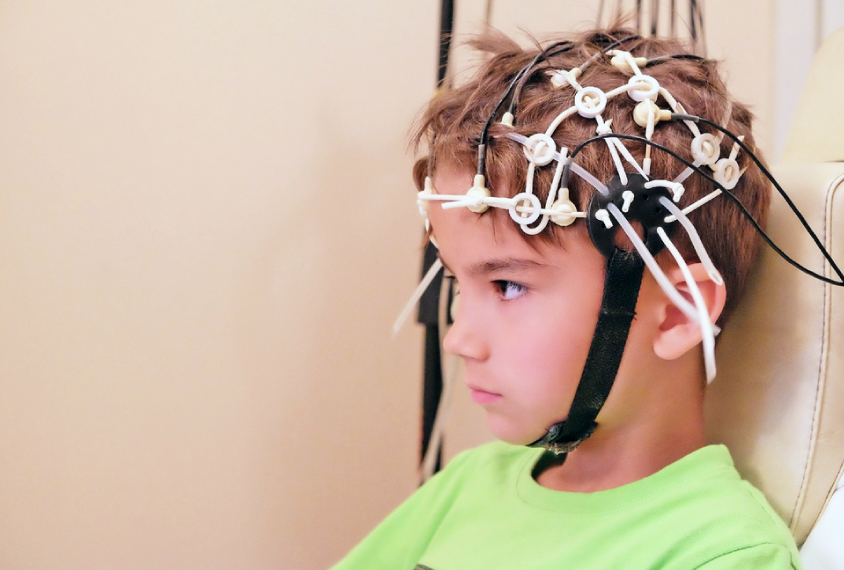
Top autism gene may alter sensory perception
An unusual brain response to sound may distinguish children with mutations in SCN2A, a leading candidate gene for autism.
Rats with autism mutation turn deaf ear to playful entreaties
Male rats missing an autism candidate gene called SHANK3 spend less time sniffing, nuzzling and chasing their peers than controls do.
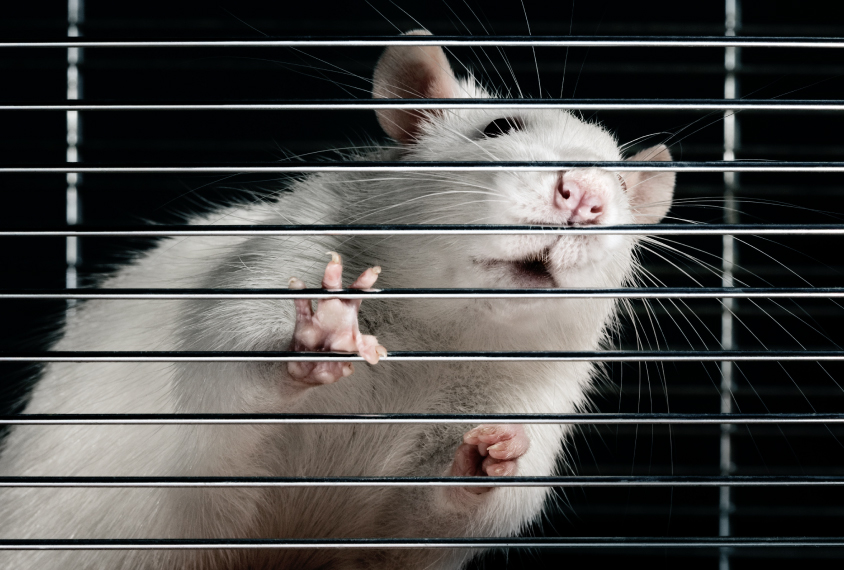
Rats with autism mutation turn deaf ear to playful entreaties
Male rats missing an autism candidate gene called SHANK3 spend less time sniffing, nuzzling and chasing their peers than controls do.
Small head, speech delay characterize mutations in autism gene
Children with mutations in a gene called DYRK1A, a leading autism candidate, have a distinct set of features, including intellectual disability, speech delay, motor problems and a small head.
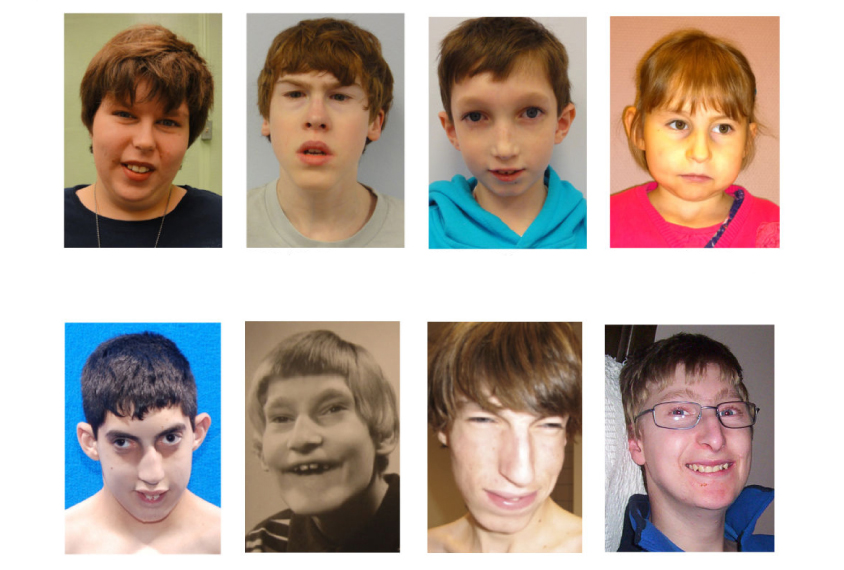
Small head, speech delay characterize mutations in autism gene
Children with mutations in a gene called DYRK1A, a leading autism candidate, have a distinct set of features, including intellectual disability, speech delay, motor problems and a small head.
Common variants, rare mutations combine to shape autism risk
Children with autism inherit a greater burden of common genetic variants associated with autism than would be expected by chance. These variants combine with rare, spontaneous mutations to boost autism risk.

Common variants, rare mutations combine to shape autism risk
Children with autism inherit a greater burden of common genetic variants associated with autism than would be expected by chance. These variants combine with rare, spontaneous mutations to boost autism risk.
Persistent motor problems may flag autism in ‘baby sibs’
Infant siblings of children with autism who also have the condition show motor problems into their second year.
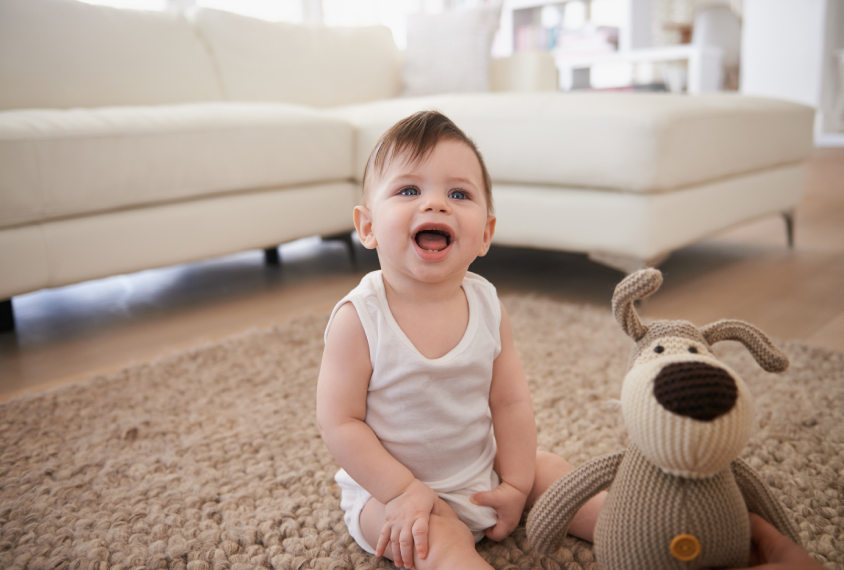
Persistent motor problems may flag autism in ‘baby sibs’
Infant siblings of children with autism who also have the condition show motor problems into their second year.
Altered circuit may underlie repetitive behaviors in autism
A brain circuit that controls movement is altered in people with autism, a postmortem brain study suggests.
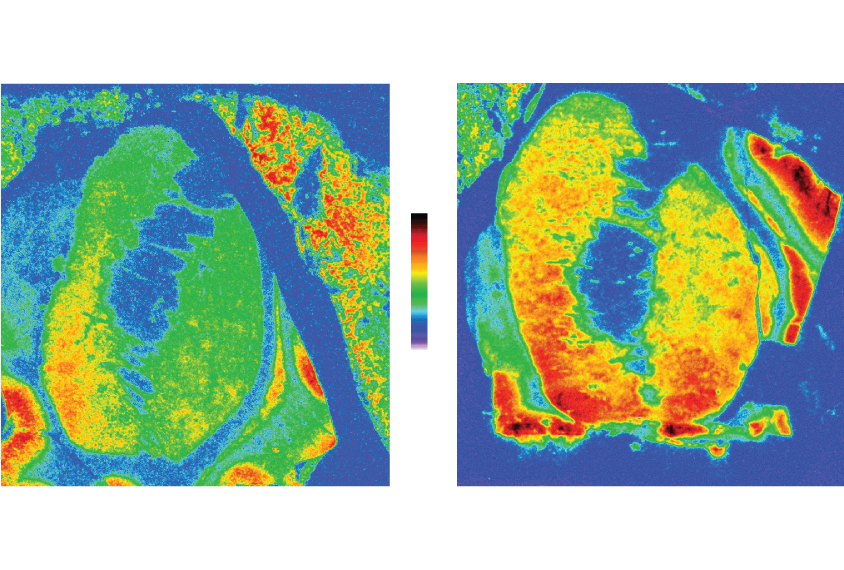
Altered circuit may underlie repetitive behaviors in autism
A brain circuit that controls movement is altered in people with autism, a postmortem brain study suggests.
Adolescence unmasks autism traits in girls
Autism traits may become more apparent as girls reach adolescence but stay stable in boys.

Adolescence unmasks autism traits in girls
Autism traits may become more apparent as girls reach adolescence but stay stable in boys.
Explore more from The Transmitter
The Transmitter’s most-read neuroscience book excerpts of 2025
Books by Nachum Ulanovsky, Nicole Rust, and Andrew Iwaniuk and Georg Striedter made the list of some of the year's most engaging neuroscience titles.

The Transmitter’s most-read neuroscience book excerpts of 2025
Books by Nachum Ulanovsky, Nicole Rust, and Andrew Iwaniuk and Georg Striedter made the list of some of the year's most engaging neuroscience titles.
Neuroscience’s leaders, legacies and rising stars of 2025
Here are seven stories from the past year about some of the field’s most engaging figures.

Neuroscience’s leaders, legacies and rising stars of 2025
Here are seven stories from the past year about some of the field’s most engaging figures.
The Transmitter’s top news articles of 2025
Check out some of our most-read stories, covering neuroscience funding and policy changes in the United States, and methodological issues in high-profile neuroscience papers.

The Transmitter’s top news articles of 2025
Check out some of our most-read stories, covering neuroscience funding and policy changes in the United States, and methodological issues in high-profile neuroscience papers.